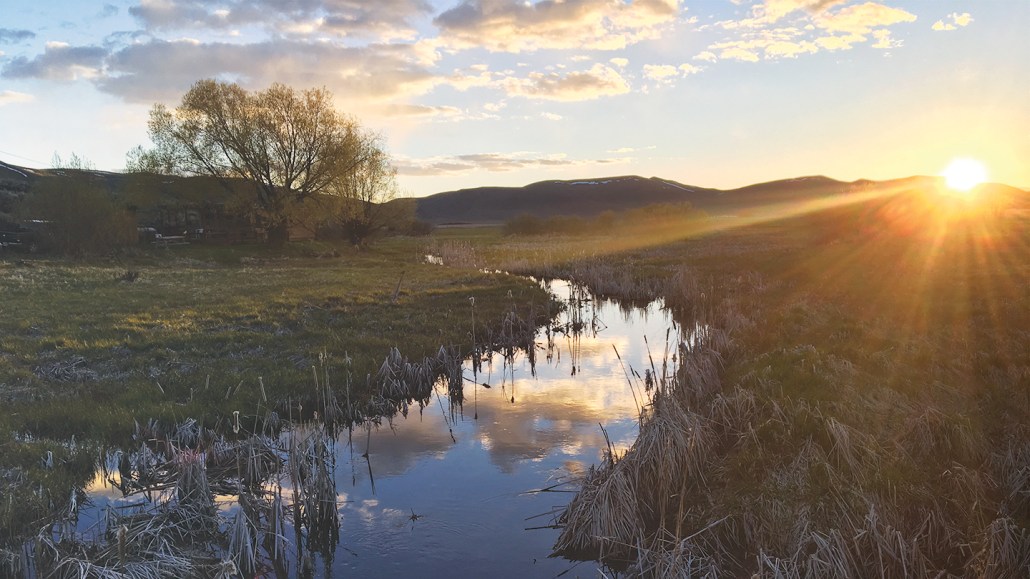As ‘phantom rivers’ roar, birds and bats change their hunting habits
A massive experiment in the Idaho wilderness shows how natural noises can impact ecosystems

Sounds of a rushing river that scientists played near this and other gentle streams in the Idaho wilderness impacted bird and bat foraging, a new study finds. The results suggest that, in addition to human-made noises, natural noises shape ecosystems.
Cory Toth